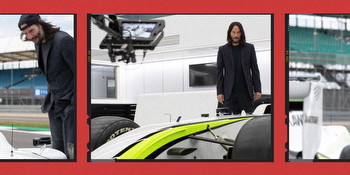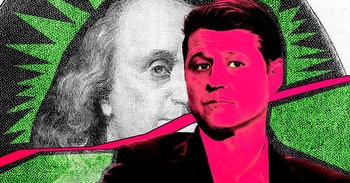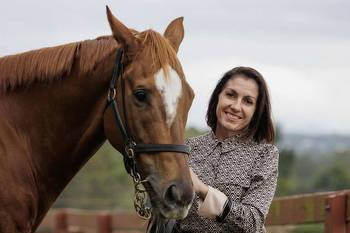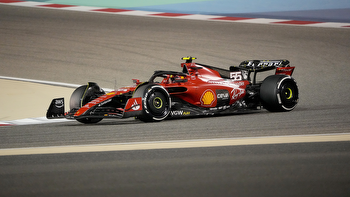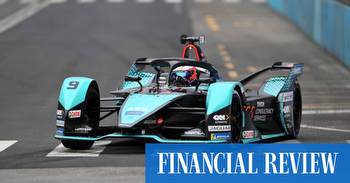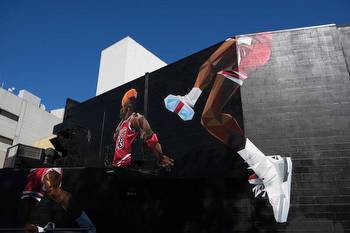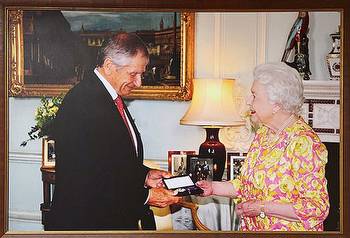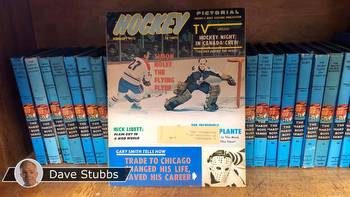Road & Track removed Formula One story shortly after publishing
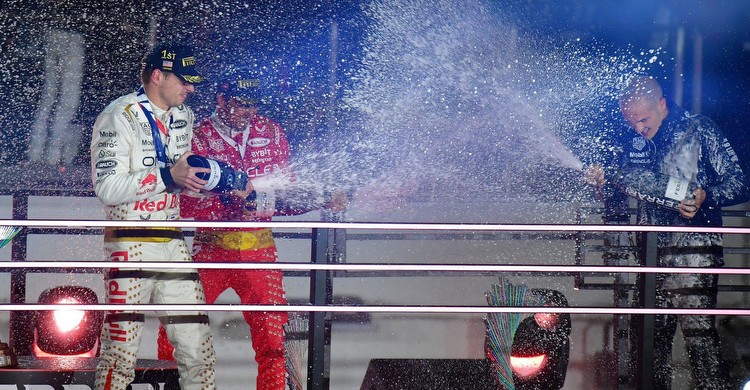
Anyone who has followed Kate Wagner’s writing career would tell you that you’re not going to get a puff piece when it comes to her point of view on the world. She often skewers excess and corporate drivel in her blog McMansion Hell and as an architecture critic at The Nation.
So if you’re going to assign her to write 5,000 words about the world of Formula One, you should probably have a clear idea in your head of what to expect.
Apparently not, when it comes to Road & Track magazine, which commissioned Wager to write about a Formula One race in Austin last year with a visit financed by Mercedes-AMG sponsor INEOS.
That story was published on the Road & Track website on Friday and was immediately met with rave reviews as Wagner weaved together the weirdness of her being there at the behest of a petrochemical company coupled with the excessive modern world of F1.
“I saw $30,000 Birkin bags and $10,000 Off-White Nikes,” Wagner wrote. “I saw people with the kind of Rolexes that make strangers cry on Antiques Roadshow. I saw Ozempic-riddled influencers and fleshy, T-shirt-clad tech bros and people who still talked with Great Gatsby accents as they sweated profusely in Yves Saint Laurent under the unforgiving Texas sun. The kind of money I saw will haunt me forever. People clinked glasses of free champagne in outfits worth more than the market price of all the organs in my body. I stood there among them in a thrift-store blouse and shorts from Target.”
We would link to the article on Road & Track but, about an hour after it was published, it was removed from the site.
You can still read the article courtesy of the Internet Archive Wayback Machine. However, as to why a 5,000 story that had been in the works for months suddenly vanished from Road & Track within one hour, no one is saying officially.
The Washington Post’s Will Sommer reached out to Road & Track and Wagner but neither provided comment. However, he did add that “a person familiar with editorial deliberations at Road & Track said the story… was pulled after its publication at the order of Editor in Chief Daniel Pund on the grounds that it didn’t fit with the site’s editorial goals.”
According to the source, Pund, who started in that position in January, was unaware of the story before it was published. Semafor’s Max Tani confirmed that aspect of the story as well.
For their part, INEOS spokesman Richard Longden told WaPo that they did not know what happened to the story.
“We did not know the piece had been published until you told us,” Longden wrote in an email. “We certainly didn’t ask for the article to be removed.”
It’s not hard to understand why the powers-that-be would have been bothered by the story. It’s the kind of unapologetic long-form commentary that has become a lost art in the world of corporatized magazines and chummy advertiser-friendly content. It seems surprising in retrospect that the magazine signed off on the concept in the first place. Anyone who didn’t know Wagner was going to write an uncompromising and unflinching view of the event, its excess, and its sponsors, probably didn’t have any clue what they were getting into.
“The petrochemical companies, deeply powerful institutions, need journalists to write about all the things they attach themselves to that are not being a petrochemical company,” Wagner wrote.
Road & Track, it seems, does not agree with that sentiment.
